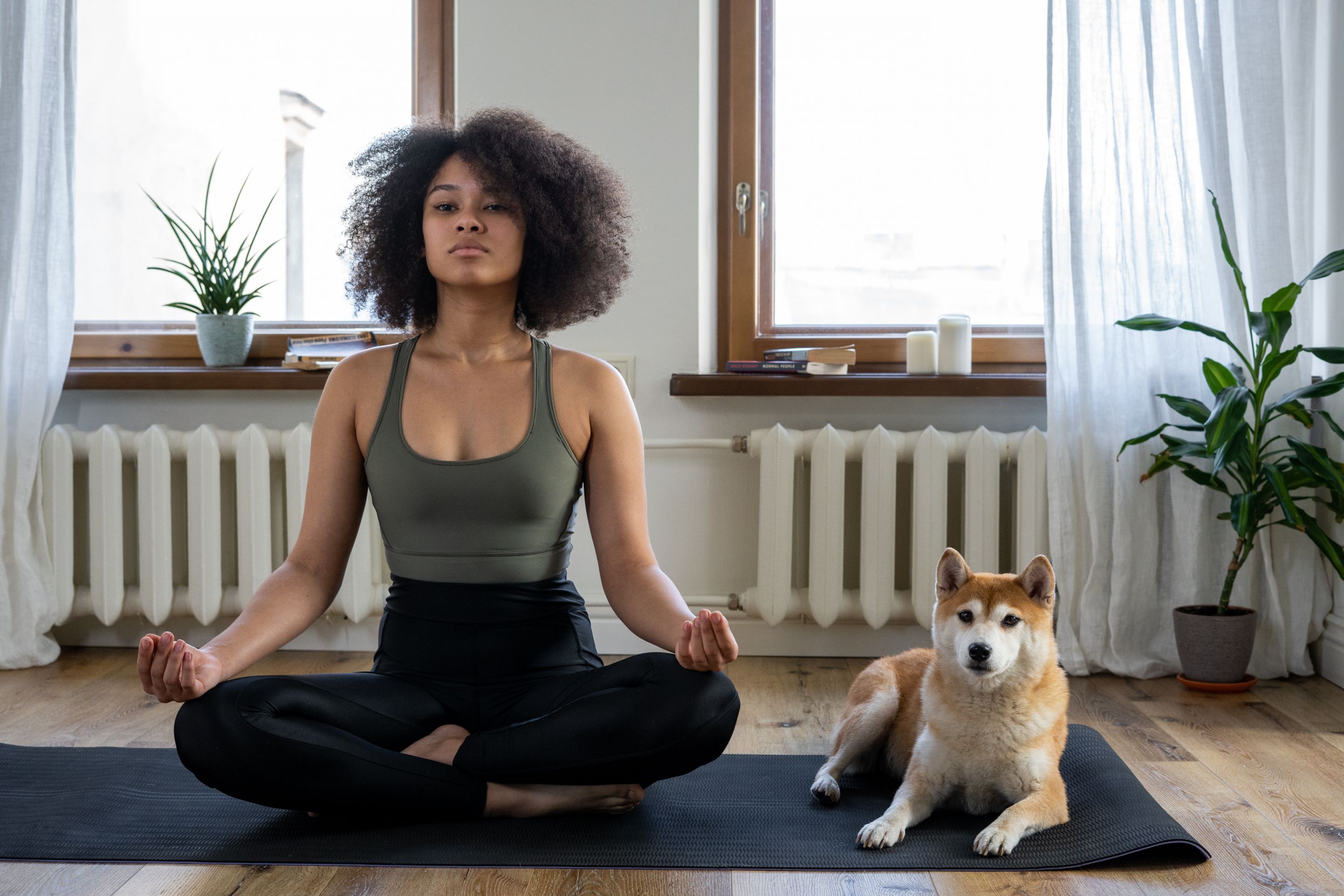The direct correlation between yoga and mindfulness
Nov 30, 2020 — Megha Shyamili
We have heard of yoga and we have heard of mindfulness. But have we ever wondered about how the two practices are interwoven with each other?
Amid the surge of issues during the COVID-19 pandemic, people are placing increased importance on physical and mental health, hoping that a small change in their lifestyle will help them cope better with the pandemic. Well, they are not wrong. It is surprising how something as small as incorporating a 5-minute meditation practise in your daily routine works wonders for your mental health.
What does meditation have to do with yoga or mindfulness, you ask?
The relation between yoga and mindfulness lies in the fact that meditation is an integral part of both of these practises. Many yoga instructors recommend that you meditate after your daily yoga routine as it’s a perfect solution to achieve a stable condition for both the mind and the body.
What is mindfulness?
Mindfulness, simply put, is the awareness of the ‘now’. With roots in Buddhism, it is a practice of purposely bringing one's attention to experiences occurring in the present moment and most importantly, it is done without judgment. Not categorizing experiences as pleasant or unpleasant or good or bad, but just observing them.
You might be doing a very simple and neutral activity like drinking water. Just being aware of the taste of the water, the temperature, the sizeable gulps you take or how you sip it slowly is what being mindful is. No judgment.
Any activity of daily life can be practiced with mindfulness. You might do dishes, play with your pet, eat your meal or do any number of other ordinary activities slowly and mindfully.
What is yoga?
While we are on the topic of mindfulness, let us also cover what yoga is. As basic as it may seem, yoga is a discipline, originating in ancient India, which focuses on bringing harmony between mind and body through physical, mental, and spiritual practices.
How are yoga and mindfulness linked?
We are now already seeing some subtle similarities between yoga and mindfulness. Mindfulness is a state of ‘bare awareness’ and yoga helps discipline the body and mind. The obvious conclusion can be drawn here that in order to be more mindful, our mind will need to be in our control.
The very simple practise of meditation, which is known to have its roots in Hinduism, Buddhism and Taoism, can help us achieve this mindfulness. Meditative practises have been incorporated into yoga for centuries, millenia even, as a way to stabilize the body and mind. As mentioned previously, improved mental health is an obvious result from practising yoga and meditation and when you have a healthy mind, you will automatically have healthy thoughts which makes it easier and more receptive to practise mindfulness.
How can YOU be more mindful in your daily life?
Here is a very simple example - Imagine you are standing in Vrikshaasana, or the Tree pose. After a while, your calf begins to feel the tension of holding the pose. Your balance wavers slightly from standing on one leg. Your breathing becomes laboured and your arms begin to ache from holding them aloft. You simply cannot wait to get out of this pose. You eagerly await the yoga instructor’s announcement to come out of this pose.
Now imagine a similar scenario. You are in the Vrikshaasana pose once again, having the same thoughts and feelings. But instead of reacting, you simply observe your thoughts. You remember that this pose, like everything else in life, will eventually end. You remind yourself not to get caught up in your own story line. Then you bring your awareness back to your breath and witness the ongoing sensations and thoughts until the teacher guides you out of the pose.
The latter is what is defined as ‘being mindful’ of the moment.
Here are two very simple exercises you can do in your daily life, depending on whether you have a couple of minutes or an hour, to incorporate mindfulness into your everyday:
1. Body Scan - bringing awareness to each part of the body
The body scan is one of the most effective ways to begin a mindfulness meditation practice. The purpose is to tune in to your body—to reconnect to each part of your physical self—and notice any sensations you’re feeling without judgement.
The Medito app has a few great Body Scan sessions that you can try out.
2. Meditative yoga
Learning to meditate in yoga involves more than sitting still for a few moments each day. Being in a meditative state of mindfulness, while practising yogasanas, doing every asana mindfully instead of being on autopilot doubles the benefits you receive from doing your yoga; not only are you keeping yourself physically and mentally fit, you are also consciously practising mindfulness.
To bust a common meditation myth, ‘Meditating is not about achieving a blank mind,’ says Wade Imre Morissette, a yoga teacher in Vancouver. ‘It’s more about resisting the temptation to react to the thoughts that do pop into your head.’
In conclusion, meditation and yoga are two sure fire ways to open yourself up to being more mindful in your daily life. By practising both with a mindful quality, you create a wonderful, conscious relationship with the self and open yourself up to unlimited possibilities waiting to be discovered.
References :
https://www.yogajournal.com/practice/peace-of-mind
https://www.besthealthmag.ca/best-you/yoga/yoga-meditation-a-beginners-guide/
Get started with meditation or deepen your meditation practice by downloading Medito, the free-forever meditation app. Available on the App Store and Google Play.